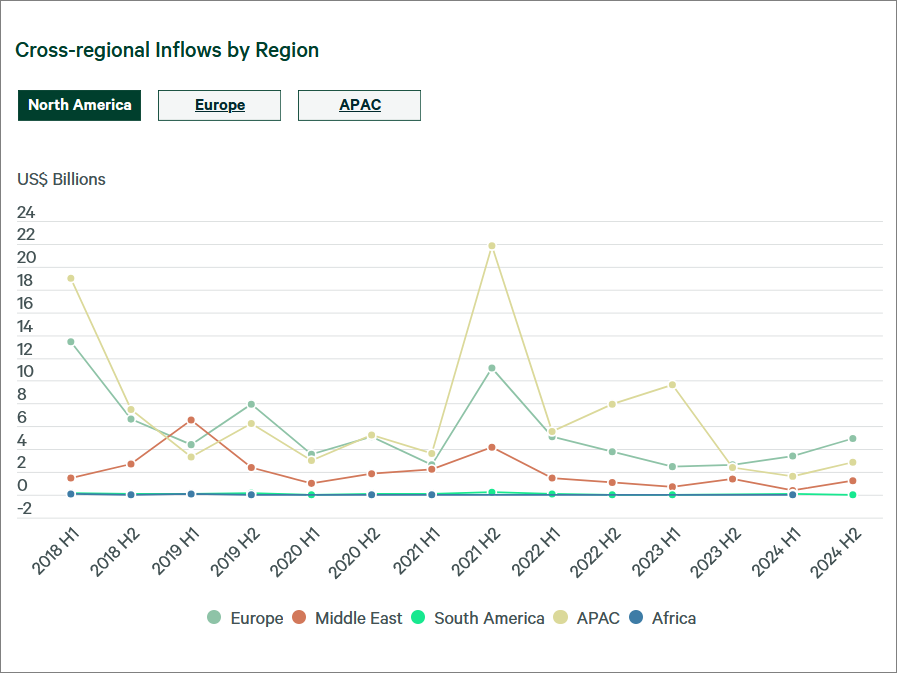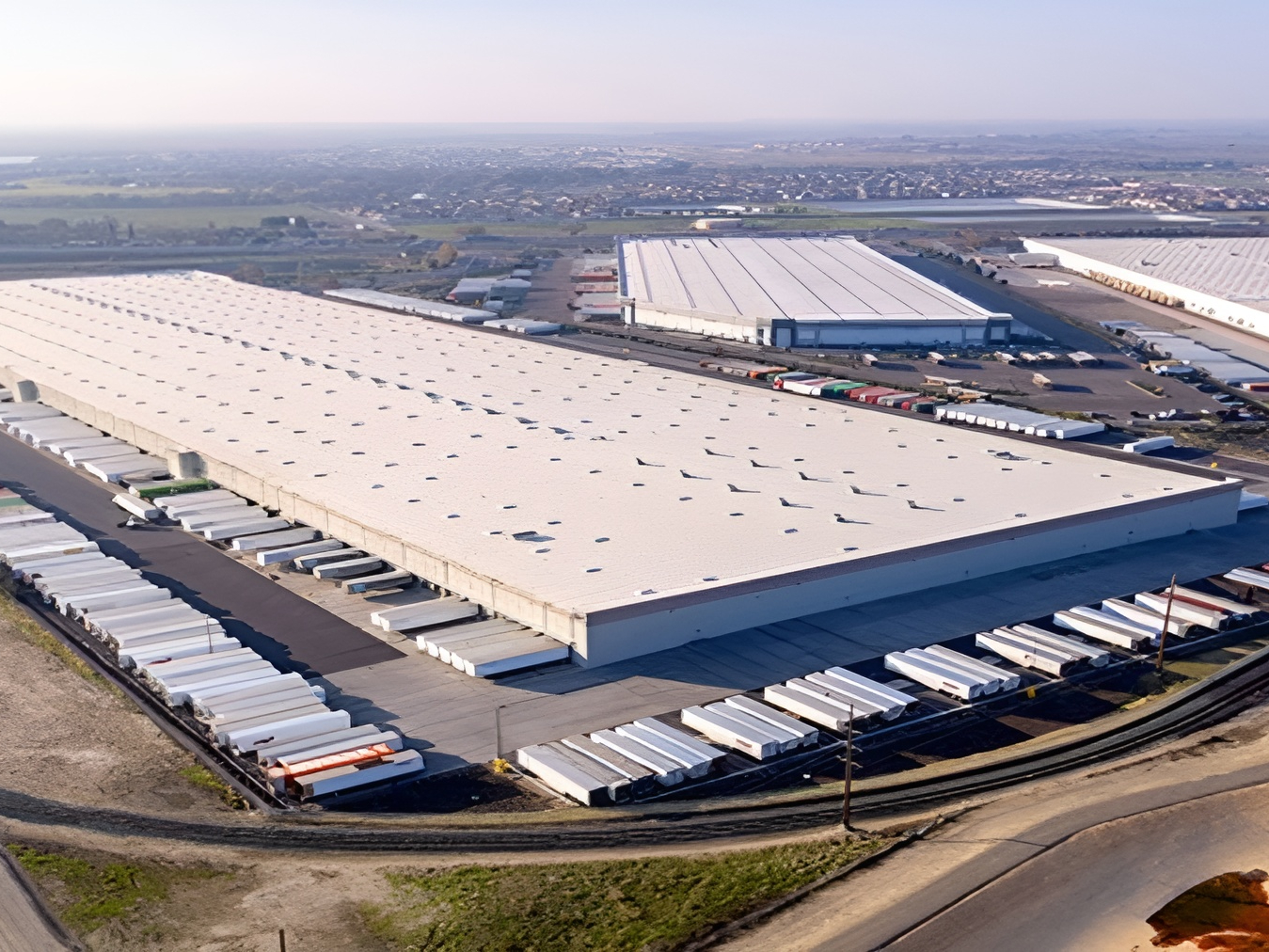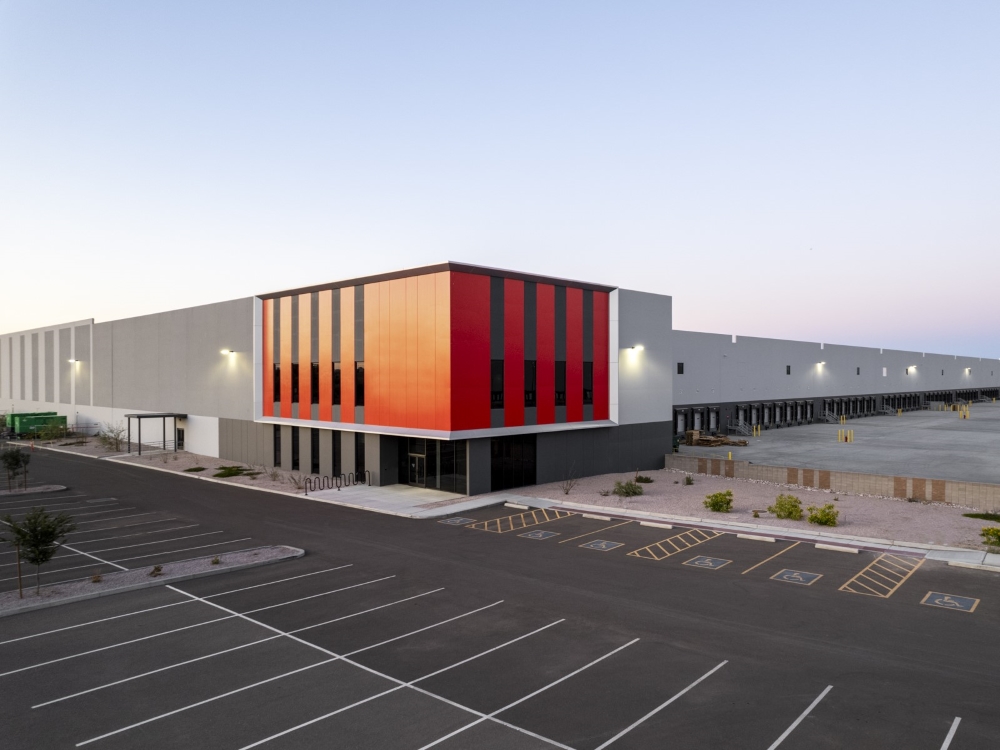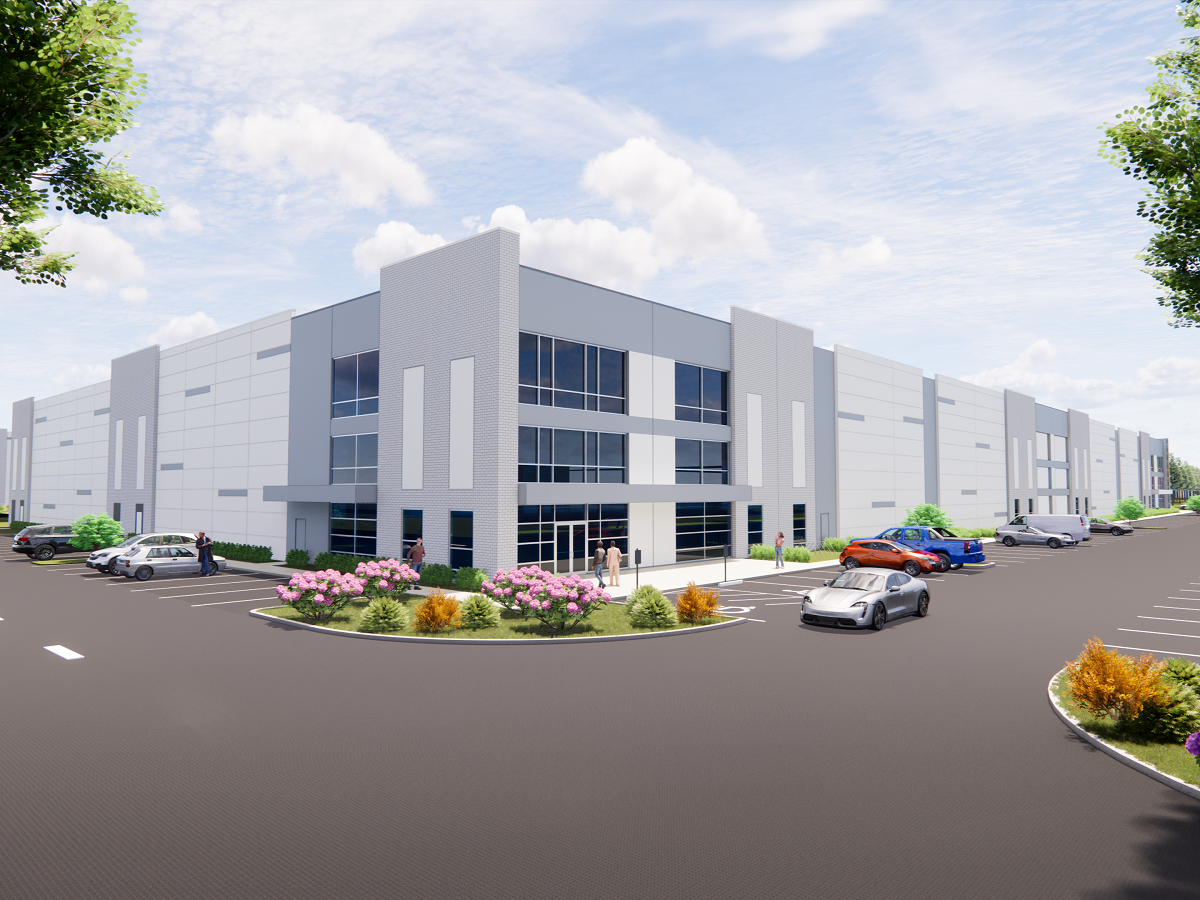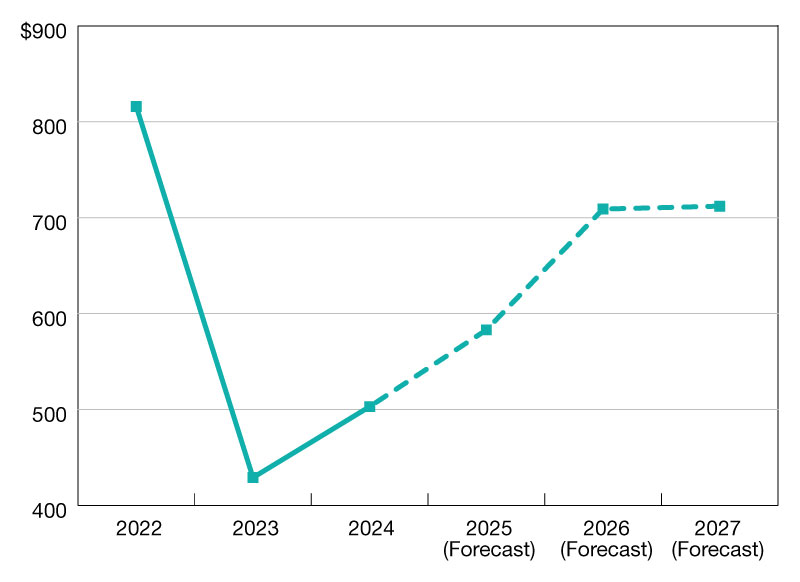Hines, 2ML Reveal 1st Phase of Houston Life Science Campus
The lakeside building will rise on a 53-acre site adjacent to the Texas Medical Center.
Hines and 2ML Real Estate Interests’ plans for the development of Levit Green, a new 53-acre life science district in Houston, are taking a major step forward with the release of renderings of the mixed-use development’s first phase. A 270,000-square-foot building will serve as the centerpiece of the project’s initial stage.
READ ALSO: Shifting Priorities: The Rise of Alternative Real Estate
Designed by architectural firm HOK, the laboratory and office building will include such life science-related features as 100 percent redundant emergency power, enhanced structural vibration attenuation and augmented mechanical systems, as well as space that can be arranged in a variety of collaboration-friendly configurations. A portion of the ground level will be home to 25,000 square feet of lab incubator space for entrepreneurs and early-stage life science companies.
A team of JLL life science experts in Houston and on the East and West Coasts is spearheading leasing for the building, which will sprout up along a lake at 3131 Holcombe Blvd. “We are in early discussions with several interested parties,” John Mooz, senior managing director with Hines, told Commercial Property Executive.
The five-story structure will also feature a 7,000-square-foot conference center, a 5,800-square-foot fitness facility, a 3,500-square-foot café and restaurant space, and an outdoor garden. Hines and 2ML plan to break ground on Phase I of Levit Green in the second quarter of 2021, with the first tenants due to take occupancy in the fourth quarter of 2022.
Houston’s new hub status
Metropolitan Boston, San Francisco and San Diego continue to lead the list of the country’s life sciences meccas, but Houston is fast emerging as a rising cluster. Major projects in the works that are set to further define the city as a life sciences leader include Texas Medical Center’s TMC3, Rice University’s The Ion and Texas A&M’s Innovation Plaza, which together will add more than 1 million square feet of life science space to the market. “Even with these projects either existing or in the pipeline, demand is still anticipated to outstrip supply,” according to a year-end 2020 report by consulting firm The TICI Group of Cos.
Levit Green—which will ultimately encompass office, residential retail and hospitality components—will play a notable role not just in answering the increasing demand for life science space, but also in the raising of Houston’s profile as a national life sciences center. The property, highlighted by several lakes and green space, will feature nine planned projects at full build-out, with as much as 4 million square feet of lab-centric mixed-use space.
Levit Green has other implications as well. “This project illustrates a new level of recognition of the life sciences industry as an economic and civic magnet and its multiplicative effect on other types of real estate demand,” as JLL notes in a 2020 report. “Fueled by secure demand, life sciences real estate should move increasingly out of niche status and closer to a major sector in its own right.”


